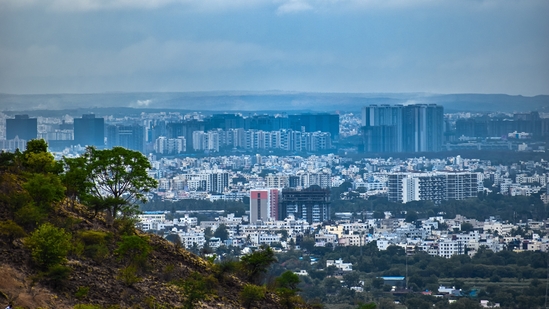Parliamentary panel suggests hike in central share in social aid programme
The report said the current system of determining beneficiaries relies on an ‘antiquated methodology that fails to reflect present-day socio-economic realities’
A parliamentary panel has recommended an increase in central contributions to the National Social Assistance Programme (NSAP), saying that the financial burden should not be disproportionately placed on state governments, which cover nearly twice the number of beneficiaries than the Centre under the federally sponsored scheme. It also flagged that the Centre’s contribution in the scheme has not been revised in the last 10 years.

The Standing Committee on Rural Development, in its report “Impact of NSAP on the Poor and Destitute in the Villages”, tabled in the Lok Sabha on April 3, said the current system of determining beneficiaries relies on an “antiquated methodology that fails to reflect present-day socio-economic realities” excluding a substantial number of genuinely eligible individuals.
Pointing out that the Union government has capped the number of beneficiaries at 30.9 million across various schemes, the panel headed by Congress lawmaker Saptagiri Sankar Ulaka, said in the report: “State governments have taken on a disproportionate burden by covering 5.86 crore (58.6 million) additional beneficiaries. This parallel structure wherein the Centre and States effectively implement two separate beneficiary groups under similar schemes, creates significant administrative inconsistencies and opens the door to both the exclusion of deserving individuals and the inclusion of ineligible beneficiaries. It also results in duplication of efforts, fragmented monitoring, and a dilution of accountability.”
A centrally sponsored scheme, NSAP provides financial assistance to vulnerable groups from below poverty line (BPL) category, including senior citizens, widows, and persons with disabilities, in the form of social pensions.
The panel also expressed concern that the budgetary allocation made for the payment of pensions under NSAP has remained stagnant at approximately ₹9,500 crore a year since 2015-16, with only a marginal increase to ₹9,652 crore in the ongoing financial year’s outlay.
“The government does not have any proposal under consideration to revamp the NSAP, resulting in the existing rates not reflecting actual demand or the ground realities of the present time,” it said. The panel suggested that the rural development ministry prepare and submit a revised proposal for “cabinet consideration and approval” for a substantial enhancement in pension amounts and overall allocations.





